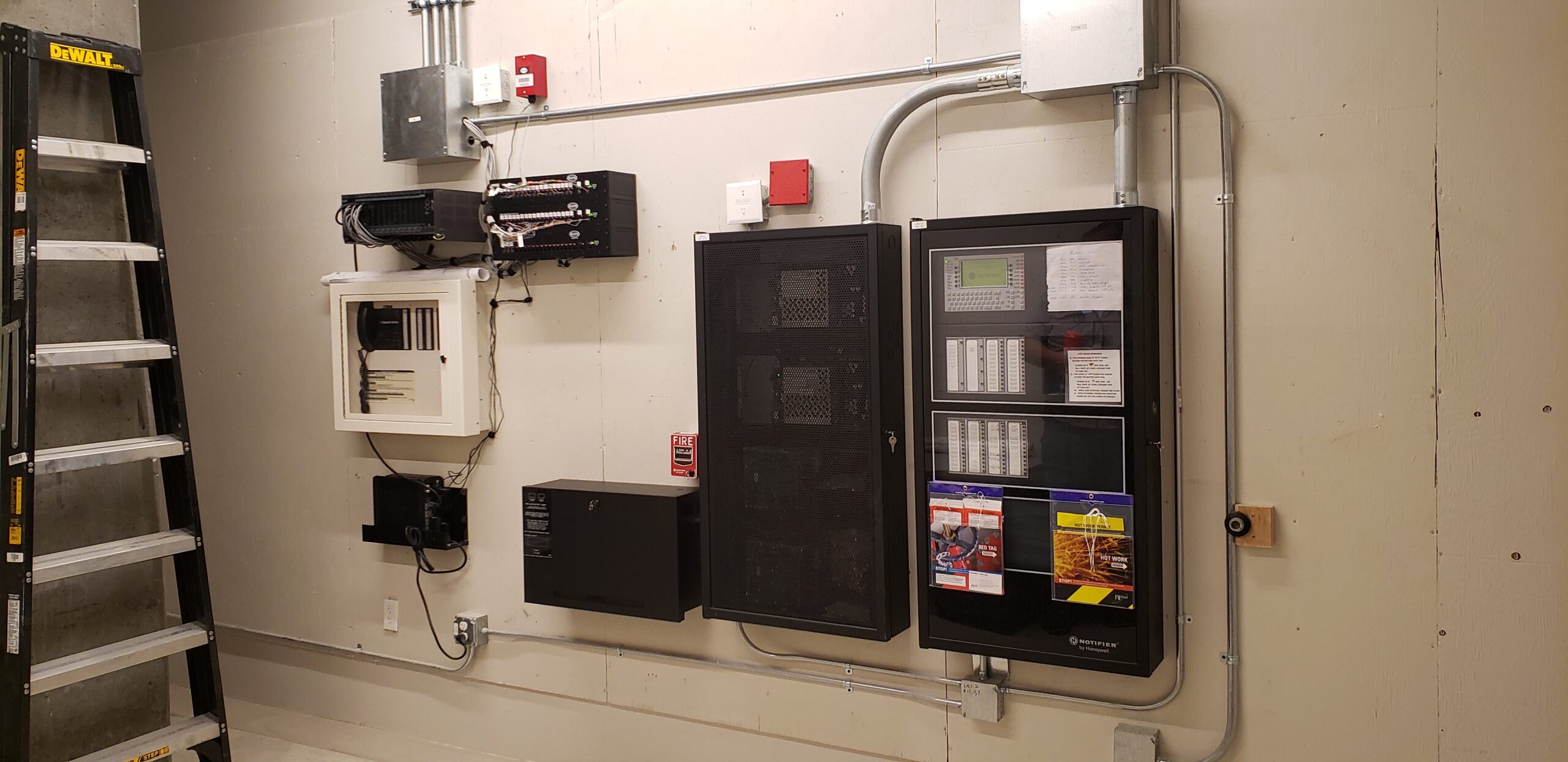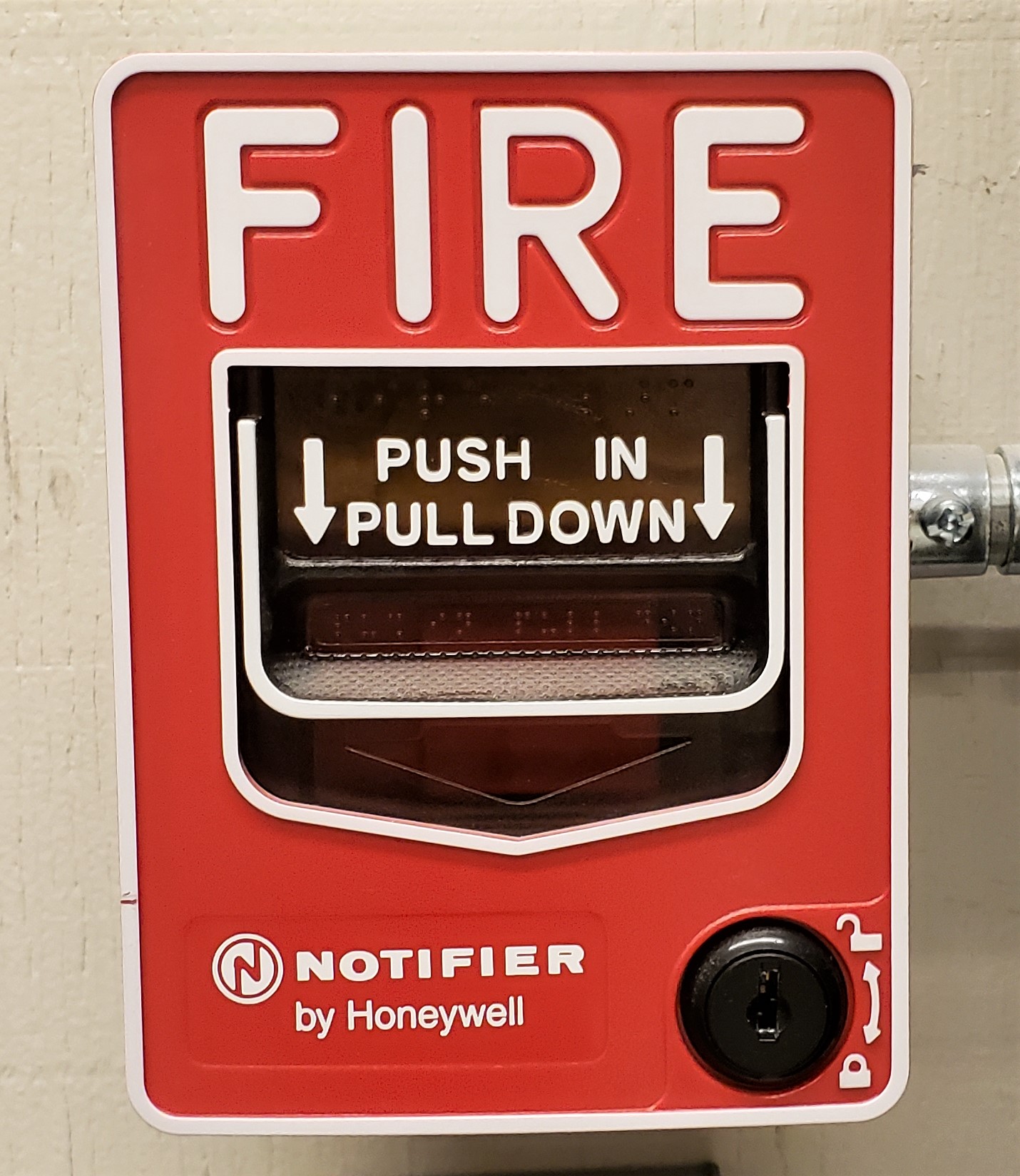
In 2020, the Minnesota State Fire Code (MSFC) was updated to improve fire safety statewide. Substantial changes were made, and it is important for contractors, commercial building owners, and property managers to understand these critical updates. The updates were amendments to the 2018 edition of the International Fire Code, also known as the “Model Code.”
The 2020 MSFC references the 2016 edition of the National Fire Alarm and Signaling Code (NFPA 72). The NFPA 72 outlines standards for fire alarm system installation and maintenance when required by the MSFC. The previous version of NFPA 72 referenced by the MSFC was the 2010 edition. Continue reading to learn about the nine most significant changes to the 2020 Minnesota State Fire Code.
 Notable Changes to the 2020 MSFC
Notable Changes to the 2020 MSFC
- In the 2020 MSFC, “mini-max” codes were implemented statewide. This means that the minimum requirements for a fire alarm system are the maximum standards that can be enforced under state law. Individual municipalities may enforce stricter fire safety requirements, but they may only do so if a city ordinance is passed.
- The MSFC now explicitly requires a fire alarm contractor to provide the programming password to a fire alarm system to the owner or manager of a building. This change makes it clear that building owners or managers can determine a trusted vendor to manage and make programming changes to the fire alarm system in their buildings.
- As per the new MSFC, a documentation cabinet with records pertaining to the building’s fire alarm system must be installed in an approved location, typically by the fire alarm control panel. This cabinet will contain as-built drawings, operating instructions, owner’s manuals, testing records, and all other important information about the fire alarm system.
- When audio visual devices are deactivated after an alarm condition, it is now mandated that both the audio and visual components of the alarm need to be shut off simultaneously. This ensures fair treatment of building occupants with impaired vision or hearing, in compliance with the Americans with Disabilities Act (ADA). In some cases, such as sensitive health care environments, a fire code official may approve an exception that only visual notification remains activated without the audio.

- In previous iterations of the MSFC, it was unclear who was responsible for adhering to code requirements. A change in the 2020 MSFC states that the owner of a building may designate responsibility for testing and maintenance of the fire alarm system to a building occupant, tenant, or management firm via a lease.
- It is now required in Minnesota that a life safety system testing plan is documented. Integrated service providers like LVC often include this plan as part of a broader life safety system testing agreement, which may address fire alarm systems, smoke control systems, fire sprinklers, security systems, carbon monoxide detectors, fire suppression systems, and other integrated fire and life safety systems.
- An Emergency Radio Communication Enhancement System (ERCES) is a bi-directional amplifier that boosts the 800 MHz radio frequency to ensure first responders’ radios work in all areas of a building. In the 2020 MSFC, the section requiring the installation of an in-building ERCES in the model code was kept in the MSCF’s appendix. This means that the system is not required by the state. However, many local jurisdictions have adopted ERCES system requirements by ordinance. Bottom line, if you want to make sure first responders’ radios work in your building, contact LVC. We begin the process by providing a radio study of the building, then install radio boosters only in areas that are needed.
- One of the biggest code changes to the MSFC is that telephone lines should not be used for fire alarm monitoring. At LVC, we prefer to install cellular systems technology for fire alarm monitoring, though we also provide private radio and internet monitoring. Contact LVC to see if your fire alarm panel is compatible with Notifier’s Connected Life Safety System. CLSS not only uses cellular technology, but it also allows end-users to see the status of the fire alarm system on smartphones and other devices connected to the cloud.
- The 2020 MSFC allows owners to remove fire alarm devices that are no longer required by code if approved by the Authority Having Jurisdiction (AHJ). Contact LVC to see if any relevant changes apply to your facilities.
LVC Can Make Sure Your Building is Up to Code
It’s worth noting that the 2020 MSFC is effective for new building permits pulled after March 31, 2020. Many of the code changes are not retroactive, so they are not required for existing systems. Contact us today for help navigating the new requirements and to ensure the fire alarm system in your planned or existing commercial building complies with the new Minnesota State Fire Code. We’d be happy to assess, install, test, or repair the fire alarm system and other life safety systems on your property!

